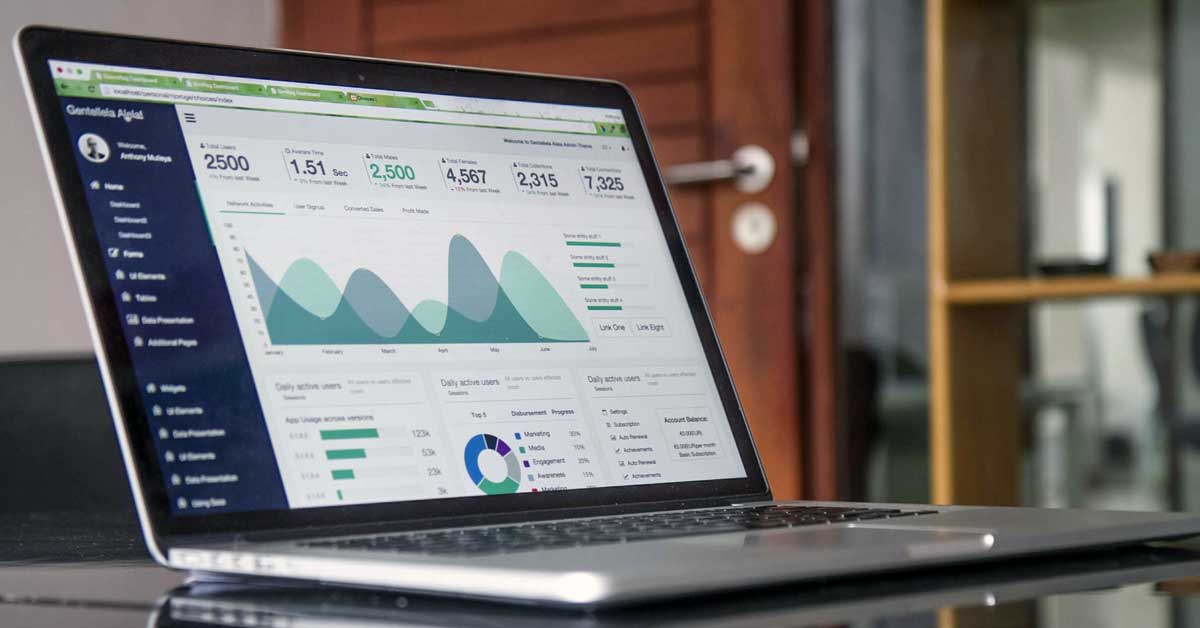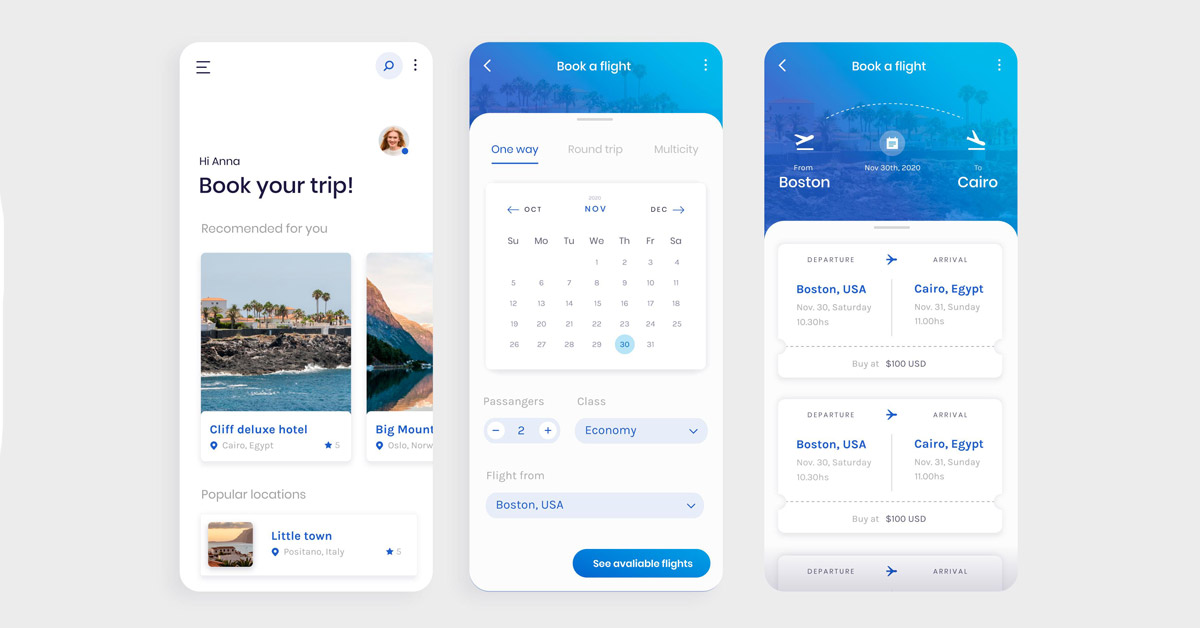How does effective Hospitality Data Management, encompassing both big and small data, contribute to guest satisfaction, revenue growth and strategic decision-making in the dynamic landscape of the hospitality industry?
In today’s data-driven world, the term “data” resonates everywhere. It’s the buzzword that demands attention: data collection, data analysis, data processing and data utilization. Amidst this data deluge, hoteliers find themselves grappling with the challenge of determining which data to gather, how to gather it effectively, and, most importantly, how to leverage it to its full potential.
Balancing Big and Small Data
In data management, “big data” refers to datasets characterized by substantial volume, high velocity and diverse variety, necessitating specialized tools like Hadoop and Spark for processing and analysis. The objective is often to discern intricate patterns and correlations through advanced analytics techniques such as machine learning.
In contrast, “small data” pertains to datasets of more modest scale that can be managed using conventional data processing tools. Small data sets are typically structured and their analysis involves straightforward methods, relying on traditional statistical approaches.
Big data is commonly applied in industries generating vast and rapidly evolving information, including sectors like social media, e-commerce, finance, healthcare, and telecommunications. In contrast, small data finds prevalence in industries such as retail, hospitality, manufacturing, and education, where it serves purposes like routine reporting, business intelligence, and localized decision-making.
Hospitality Data Management Organization
In the domain of hospitality data management, two primary categories of data are distinguished: external data and internal data.
External data encompasses information not generated by the hotels or restaurants themselves, such as weather forecasts, airport and train station traffic, or destination popularity. On the other hand, Internal data pertains to insights derived from internal sources within the hotel, including reservation data, in-house consumption data, internal guest reviews and outlet traffic.
Before exploring the extensive realm of external data, it is imperative for hoteliers to leverage the potential of internal data, often found within their Property Management System (PMS), website analytics, booking engine and channel manager. This internal data serves as a valuable source of immediate insights.
However, external data remains significant. For example, hoteliers can utilize statistics on incoming and outgoing flights and trains to predict future activity levels and plan accordingly. Likewise, correlating weather data with revenue management can optimize pricing strategies by considering potential impacts on occupancy rates during adverse weather conditions.
This classification aims to better align with the nature of the information sources, thereby enhancing the relevance of information analysis and the resulting decision-making process.
Leveraging Statistical Analysis
While the previous classification distinguishes between external and internal data sources in hospitality data management, the following discussion on leveraging statistical analysis applies seamlessly to both categories, emphasizing the universal applicability of effective data organization and analysis in the industry.
To derive meaningful insights from the vast sea of data, it is essential to organize and analyze it effectively. Statistical analysis can be employed in three key ways:
1. Descriptive Statistics
Descriptive statistics play a crucial role in providing a comprehensive snapshot of a hospitality establishment’s current performance. Through the analysis of various metrics, hoteliers gain valuable insights into the day-to-day operations and overall health of their business.
One key metric often examined is the Average Room Rate (ARR), offering a clear understanding of the pricing dynamics and revenue generated per room. Additionally, occupancy rates serve as an essential indicator, shedding light on the utilization of available rooms over a specific period. Other key performance indicators (KPIs), such as revenue per available room (RevPAR) and booking lead time, contribute further granularity to the analysis.
By organizing these descriptive statistics, hotel management can identify trends, assess the effectiveness of pricing strategies, and make informed decisions to enhance overall operational efficiency and financial performance.
2. Predictive Statistics
Predictive statistics form a critical aspect of hospitality data management, leveraging historical data to anticipate future trends and make informed decisions.
By meticulously examining patterns and trends within historical datasets, hoteliers can gain valuable insights into the factors influencing occupancy levels and demand over time. This proactive approach allows establishments to prepare for fluctuations in guest demand, seasonal variations, and other influencing factors.
For instance, identifying patterns of increased demand during certain seasons or events enables hotels to adjust pricing strategies, allocate resources efficiently, and enhance the overall guest experience.
The application of predictive statistics empowers hotel management to move beyond reactive measures, fostering a more strategic and forward-thinking approach to operational planning and decision-making.
3. Prescriptive Statistics
Prescriptive statistics represent a pivotal stage in hospitality data management, involving the synthesis of diverse datasets to formulate actionable recommendations.
A notable illustration of this is evident in yield management strategies, where a combination of historical pricing data, occupancy rates, and other pertinent factors is harnessed to optimize revenue strategies.
By employing prescriptive statistics, hoteliers can derive precise insights into the intricate relationships between pricing dynamics, guest demand, and overall revenue performance.
This approach enables establishments to make informed decisions on pricing adjustments, room allocations, and promotional efforts. The proactive utilization of prescriptive statistics empowers hotels to stay ahead of market trends, adapt to changing conditions, and continually refine their revenue management strategies for sustained success in the dynamic hospitality landscape.
Categories and Sources for Strategic Insight
In the hospitality data management world, data can be categorized into several distinct areas. Reservation-related data captured within the PMS includes basic guest information, booking channels, lead times, average lengths of stay, room rates and occupancy rates. Internal data encompasses aspects such as staff numbers, room performance indicators and customer/guest satisfaction ratings.
Guest data encompasses demographic information, stay preferences, service usage, dining preferences, reviews and ratings, payment methods, and loyalty levels.
Lastly, external and big data sources encompass a wide array of information, including weather data, flight and transportation statistics, local events, macroeconomic trends, and website and social media analytics.
It’s important to consider the sources of data as well. Zero-party data represents the rich and detailed information directly provided by customers, highlighting their communication preferences and engagement expectations. First-party data includes transactional and behavioral data gathered from customer/guest interactions with hotel websites and marketing campaigns. Second-party data refers to the data shared or sold by trusted partners, while third-party data encompasses information collected by external sources, typically through the use of cookies.
Ethical Data Collection in Evolving Privacy Landscape
Within the ever-evolving landscape of data privacy and regulations, hoteliers observe a gradual diminishment in the significance of third-party data. Major web browsers, in compliance with regulations like GDPR, are taking steps to restrict third-party cookies. This shift necessitates a paradigm change and encourages innovative approaches to data collection.
Brands are increasingly relying on gamification, interactive questionnaires, and incentivization strategies to encourage consumers to share qualified and consented data. Collaborations with technology partners enable ethical data collection while ensuring compliance and transparency in guest data usage for acquisition and loyalty strategies.
Hospitality Data Management is crucial in this context. It is essential to prioritize the property data privacy and security. Hotels must adhere to data protection regulations and ensure that proper safeguards are in place to protect sensitive customer information. Implementing robust data governance frameworks and conducting regular audits can help maintain data integrity and build trust with guests.
A Systematic Approach for Hoteliers to Unlock Full Potential
To unlock the full potential of data, hoteliers should also adopt a structured approach. This begins with identifying the relevant data sources within their organization, such as the PMS, website analytics tools, customer relationship management (CRM) systems, and social media platforms. It is essential to integrate and consolidate these data sources to create a unified view of the business.
Once the data is collected, it should be organized and analyzed using advanced analytics techniques. This involves employing data visualization tools, statistical models, and machine learning algorithms to identify patterns, trends, and correlations. By uncovering hidden insights, hotels can tailor their marketing strategies, personalize guest experiences, and optimize pricing and revenue management.
Strategic Collaborations and Tech Innovations
Moreover, collaboration and partnerships play a vital role in maximizing the value of data. Hoteliers can collaborate with external partners, such as airlines, local tourism boards, and event organizers, to access additional data sources and gain a comprehensive understanding of the market dynamics. This collaborative approach enables hotels to anticipate demand fluctuations, plan marketing campaigns, and tailor their offerings to specific guest segments.
Furthermore, staying updated with industry trends and technological advancements is crucial. Emerging technologies like artificial intelligence (AI), Internet of Things (IoT), and predictive analytics offer new opportunities for data-driven innovation in the hospitality sector. By embracing these technologies, hotels can automate processes, improve operational efficiency, and deliver personalized experiences at scale.
In conclusion, data is a valuable asset and hospitality data management has the power to revolutionize the industry. By effectively collecting, analyzing, and leveraging data, hotels can gain a competitive edge, enhance guest satisfaction, and drive sustainable growth in today’s dynamic and data-centric landscape. Embracing a data-driven mindset and investing in the necessary technologies and expertise will position hotels for success in the digital age.
For more information on data management and Hospitality Data Management, we recommend the following resources:
_________________________________________________
Acropolium – Why you need hospitality data management to increase revenue: 6 examples: https://acropolium.com/blog/hotel-data-management-6-ways-it-can-increase-revenue/
Altan – 7 Use Cases of Analytics in Hospitality Data Management: https://atlan.com/data-analytics-in-hospitality-industry/
TechTarget – What is data management and why is it important? : https://www.techtarget.com/searchdatamanagement/definition/data-management







